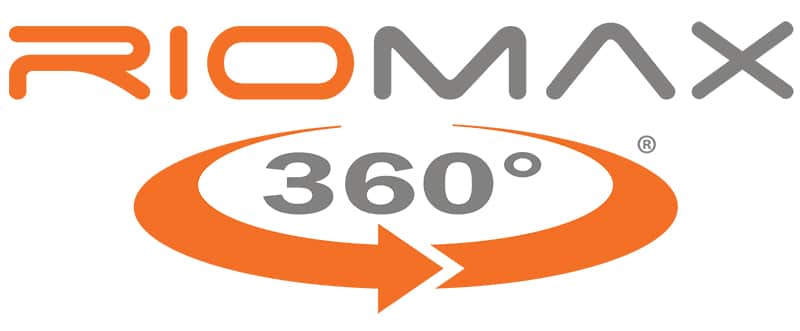Last updated on October 5th, 2023 at 03:57 pm
4.5 minute video comparing Microbial Protein and Direct-fed protein
The difference between direct-fed protein and microbial protein can be really confusing. You may even wonder, why do I need to know the difference?
But wait. What if we could explain it clearly to you, so you at least understand the basics of it? Here at Riomax, we strive to address topics that are important to you, the rancher. And that’s why we felt it was necessary to take a minute to clearly explain the difference between 2 main types of protein. After all, an animal can’t do much without protein. The 2 kinds of protein we’re addressing today are:
- Direct-fed protein
- Microbial protein
How do they work, why do they work, and how do they differ?
These are extremely important questions to understand, because how you supplement protein can be a huge factor in driving your input costs down on your ranching operation. It all comes down to efficiency. What is the most efficient and effective way to supplement protein? And almost more importantly, what is ultimately going to drive your profitability?
The Production of Protein
How does direct-fed protein work?
As the name implies, direct-fed protein is simply protein that a cow eats directly. For example, say you have a protein tub, Brand X, and the tag says, ‘feed ½ a pound - 1 ½ pounds per head per day’. That’s the expected level of Brand X protein tub consumption per cow per day.
Sometimes consumption can be much higher than that. If high consumption is the case, your cow is consuming one, two, three, or however many pounds of product per day. Back to the topic at hand, it’s still a direct-fed protein source, because it’s protein going from the tub straight into the cow.
How does microbial protein work?
Microbial protein is quite different. Yes, it’s still protein. But the source of it is where the difference comes in.
Riomax tubs, for example, contain very little direct-fed protein. We focus on microbial protein, and here’s how. A cow comes up to a Riomax tub, and consumes a relatively small amount; usually between ⅛ of a pound and ⅓ of a pound.
It’s true, cattle need far more protein than the small amount that comes directly out of a Riomax tub to meet their daily requirements. In fact, they need more than what comes out of one, two, or three pounds of a typical 20% - 30% protein lick tub. But, the goal of Riomax tubs is not to deliver very much direct-fed protein, it is designed to provide increased protein to the cow through an increase in the supply of microbial protein!
Riomax works to feed the good bugs in the rumen, create more of them, and hyper-activate them. And that is the beginning stage of microbial protein. When there are more bugs in the rumen and they’re more active, they can better break down the forages that your cattle are eating. Because they’re better-utilizing whatever they eat, your cattle can get more out of every mouthful, every acre, every day.
When microbial protein really comes into play may surprise you. Once those microbes inside the rumen die, that’s when they become microbial protein and go on to become true protein. For the short time that these rumen bugs live, they keep repopulating. More living microbes equals more dead microbes, and more dead microbes mean more microbial protein!
As studies have shown a cow gets between 30% and 80% of her daily protein needs from dead microbes. When you add Riomax® to the equation, we stimulate the microbes. We create more microbes. We increase the level of microbial protein. Because THAT’S what plays a huge part in providing a cow’s daily protein requirements.
The Difference Between Direct-Fed and Microbial Protein
Now that you understand how each type of protein works, it should be easier to see the difference between the two. Essentially, one is direct-fed, and the other is indirect-fed because it feeds the rumen bugs.
Start improving the microbial population inside your cattle today, so you can get more out of forages you’ve already got, reduce input costs, and improve herd health.



